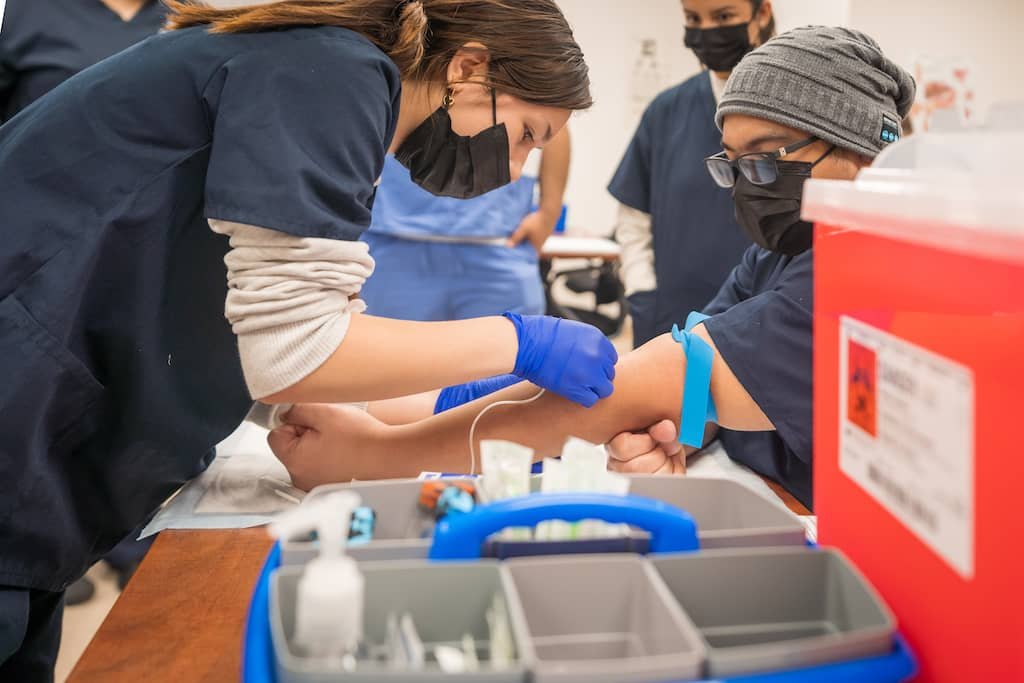Reducing Hospitals' Environmental Impact and Promoting Sustainability: Strategies for Change in the United States
Summary
- Hospitals in the United States are a significant contributor to climate change due to their energy use, waste production, and reliance on single-use disposable supplies.
- To reduce their environmental impact, hospitals can implement sustainable practices such as energy efficiency upgrades, waste reduction and recycling programs, and switching to eco-friendly supplies and equipment.
- By adopting these strategies, hospitals can not only reduce their carbon footprint but also improve public health by mitigating the effects of climate change.
Introduction
Hospitals play a critical role in society by providing essential healthcare services to patients in need. However, the healthcare industry also has a significant environmental impact, contributing to climate change through its energy consumption, waste generation, and reliance on single-use disposable supplies. In the United States, hospitals are among the largest consumers of energy and produce a substantial amount of waste, much of which ends up in landfills. As the impacts of climate change become more pronounced, it is essential for hospitals to take action to reduce their environmental footprint and promote sustainability in their operations.
Energy Efficiency Upgrades
Switching to Renewable Energy Sources
One of the most effective ways for hospitals to reduce their environmental impact is by switching to renewable energy sources such as solar, wind, and geothermal power. By generating electricity on-site or purchasing renewable energy credits, hospitals can significantly reduce their carbon emissions and reliance on fossil fuels. Many hospitals across the United States have already made the switch to renewables and have seen a reduction in their energy costs as well as their environmental impact.
Increasing Energy Efficiency
In addition to switching to renewable energy sources, hospitals can also improve their energy efficiency through various upgrades and retrofits. Installing energy-efficient lighting, heating, and cooling systems, as well as optimizing building insulation and ventilation, can help hospitals reduce their energy consumption and operating costs. By conducting energy audits and implementing energy-saving measures, hospitals can lower their carbon footprint and contribute to a more sustainable healthcare system.
Waste Reduction and Recycling
Implementing Waste Management Programs
Another critical area where hospitals can reduce their environmental impact is waste management. Hospitals generate a significant amount of waste, including biomedical waste, hazardous materials, and single-use disposable supplies. By implementing comprehensive waste management programs that emphasize waste reduction, segregation, recycling, and Proper Disposal, hospitals can minimize their waste generation and promote a more sustainable approach to healthcare delivery.
Promoting Recycling and Composting
In addition to reducing waste at the source, hospitals can also promote recycling and composting initiatives to divert waste from landfills and reduce their environmental impact. By separating recyclable materials such as paper, plastic, glass, and metal, hospitals can ensure that these materials are recycled rather than being thrown away. Composting organic waste such as food scraps and biohazardous materials can also help hospitals reduce their carbon emissions and support a circular economy.
Eco-Friendly Supplies and Equipment
Switching to Sustainable Products
Many hospitals rely on single-use disposable supplies and equipment, which contribute to their environmental impact due to their production, use, and disposal. To reduce their carbon footprint, hospitals can switch to eco-friendly supplies and equipment that are made from renewable or recycled materials, are biodegradable or compostable, and have a lower environmental impact. By sourcing sustainable products from environmentally responsible vendors, hospitals can promote sustainability throughout their Supply Chain.
Investing in Green Technologies
Furthermore, hospitals can invest in green technologies and equipment that are energy-efficient, water-saving, and environmentally friendly. From energy-efficient medical devices and appliances to water-saving faucets and fixtures, hospitals have a wide range of options to choose from when upgrading their equipment. By prioritizing green technologies and sustainable practices in their procurement decisions, hospitals can reduce their environmental impact and contribute to a healthier planet for future generations.
Conclusion
In conclusion, hospitals in the United States have a significant environmental impact due to their energy consumption, waste generation, and reliance on single-use disposable supplies. To reduce their carbon footprint and promote sustainability, hospitals can implement a variety of sustainable practices such as energy efficiency upgrades, waste reduction and recycling programs, and switching to eco-friendly supplies and equipment. By adopting these strategies, hospitals can not only reduce their environmental impact but also improve public health by mitigating the effects of climate change. It is essential for hospitals to prioritize sustainability in their operations and demonstrate leadership in addressing climate-related health issues for the benefit of patients, communities, and the planet as a whole.

Disclaimer: The content provided on this blog is for informational purposes only, reflecting the personal opinions and insights of the author(s) on the topics. The information provided should not be used for diagnosing or treating a health problem or disease, and those seeking personal medical advice should consult with a licensed physician. Always seek the advice of your doctor or other qualified health provider regarding a medical condition. Never disregard professional medical advice or delay in seeking it because of something you have read on this website. If you think you may have a medical emergency, call 911 or go to the nearest emergency room immediately. No physician-patient relationship is created by this web site or its use. No contributors to this web site make any representations, express or implied, with respect to the information provided herein or to its use. While we strive to share accurate and up-to-date information, we cannot guarantee the completeness, reliability, or accuracy of the content. The blog may also include links to external websites and resources for the convenience of our readers. Please note that linking to other sites does not imply endorsement of their content, practices, or services by us. Readers should use their discretion and judgment while exploring any external links and resources mentioned on this blog.

